
As the festival scene continues to evolve, planning for an unforgettable festival experience in 2025 requires a blend of creativity, organization, and awareness of the latest trends. This comprehensive guide will walk you through every aspect of festival planning, from understanding the soulful essence of festivals to making use of the latest technology and sustainable practices.
Understanding the Festival Landscape
Before diving into the details of planning, it’s crucial to understand what makes a festival successful. In 2025, festivals are more than just events; they are immersive experiences that connect communities and cultures.
Types of Festivals
1. **Music Festivals**: Bringing together diverse genres and artists, music festivals are staples in the industry.
2. **Cultural Festivals**: Celebrate heritage, traditions, and local cuisine.
3. **Art Festivals**: Displaying visual art, performances, and installations.
4. **Food Festivals**: Showcase culinary delights and trend-setting dishes.
Steps to Plan a Festival in 2025
Step 1: Conceptualizing Your Festival
Define the theme and mission of your festival. Engage stakeholders to understand community needs and preferences.
Step 2: Budgeting
A detailed budget is crucial for success. Include costs for venue leasing, permits, artist fees, marketing, and staffing.
Step 3: Securing a Location
Choose a location that aligns with your festival’s theme. Consider accessibility, capacity, and surrounding amenities.
Step 4: Permits and Regulations
Consult local authorities for necessary permits and adhere to safety regulations. This ensures compliance and a smooth running event.
Step 5: Booking Talent
Curate a strong lineup of artists or speakers that resonate with your audience. Consider both big names and emerging talents.
Step 6: Marketing Strategies
Leverage social media, content marketing, and SEO strategies to promote your festival. Creating engaging content will attract attendees.
Step 7: Logistics Management
Planning logistics such as transportation, accommodation, and on-site facilities is vital for a seamless experience.
Step 8: Sustainability Practices
In 2025, sustainability is a core value. Implement eco-friendly practices, such as waste management and carbon-offset initiatives.
Technological Integration in Festivals
Incorporate the latest technology such as mobile apps, cashless payments, live streaming, and augmented reality for enhanced attendee engagement.
Engaging with Your Audience
Maintain open channels of communication with attendees. Use feedback from previous years to improve and innovate for your festival.
Post-Festival Reflection
After the event, gather your team and stakeholders to reflect on successes and areas for improvement. This fosters growth for future festivals.
Conclusion
Planning a festival in 2025 requires a mix of innovation, cultural sensitivity, and logistical prowess. By following this guide, you can create experiences that resonate with attendees and contribute positively to the community.
Planning for an unforgettable festival experience in 2025 requires a blend of creativity, organization, and awareness of the latest trends. Festivals have become immersive experiences that connect communities and cultures. 
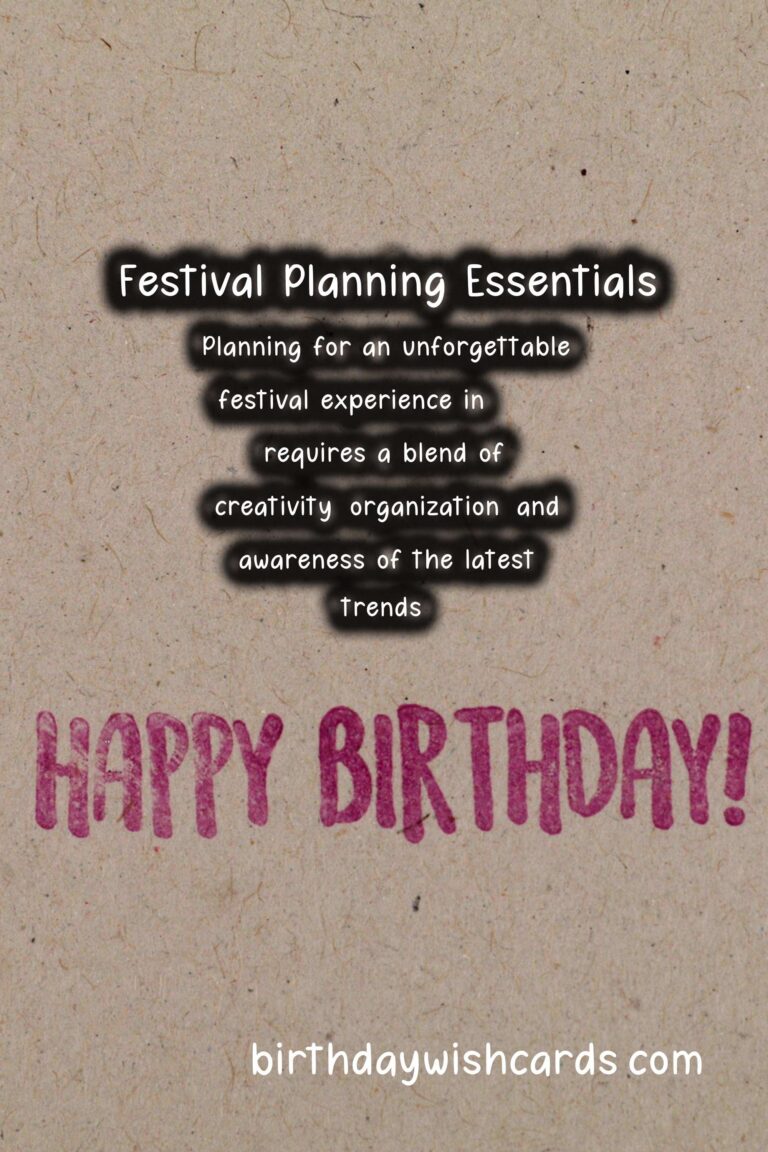
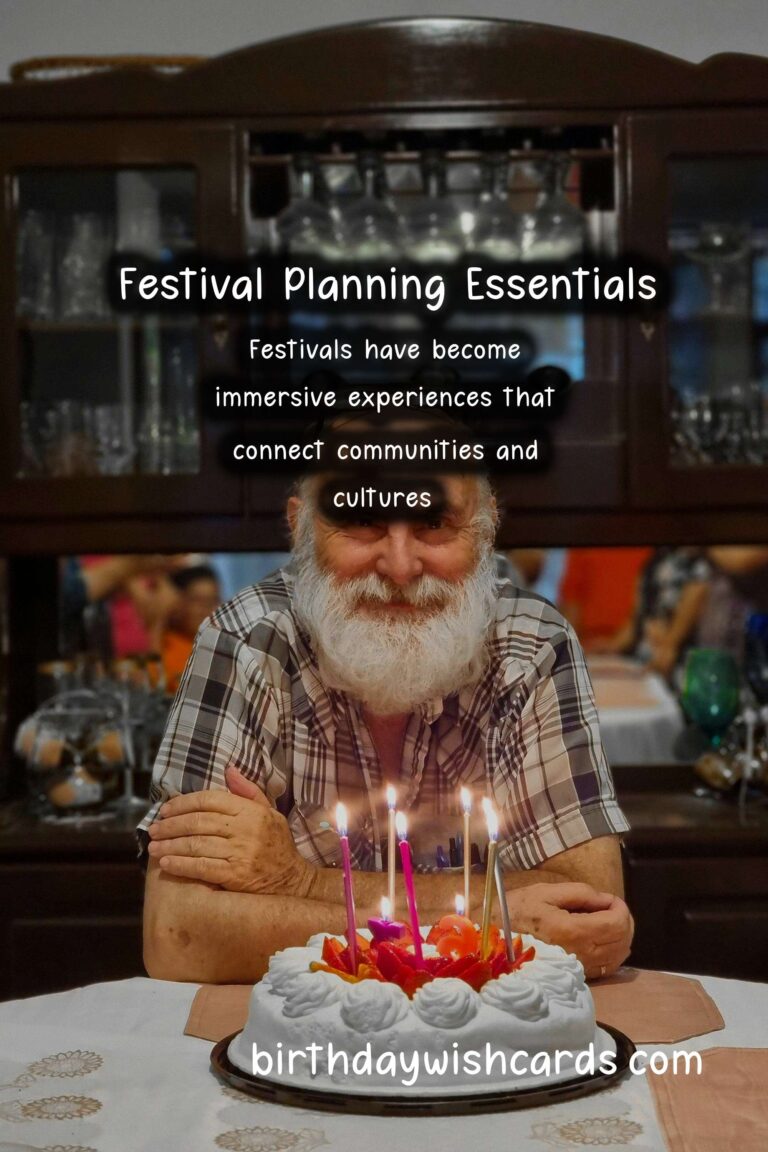
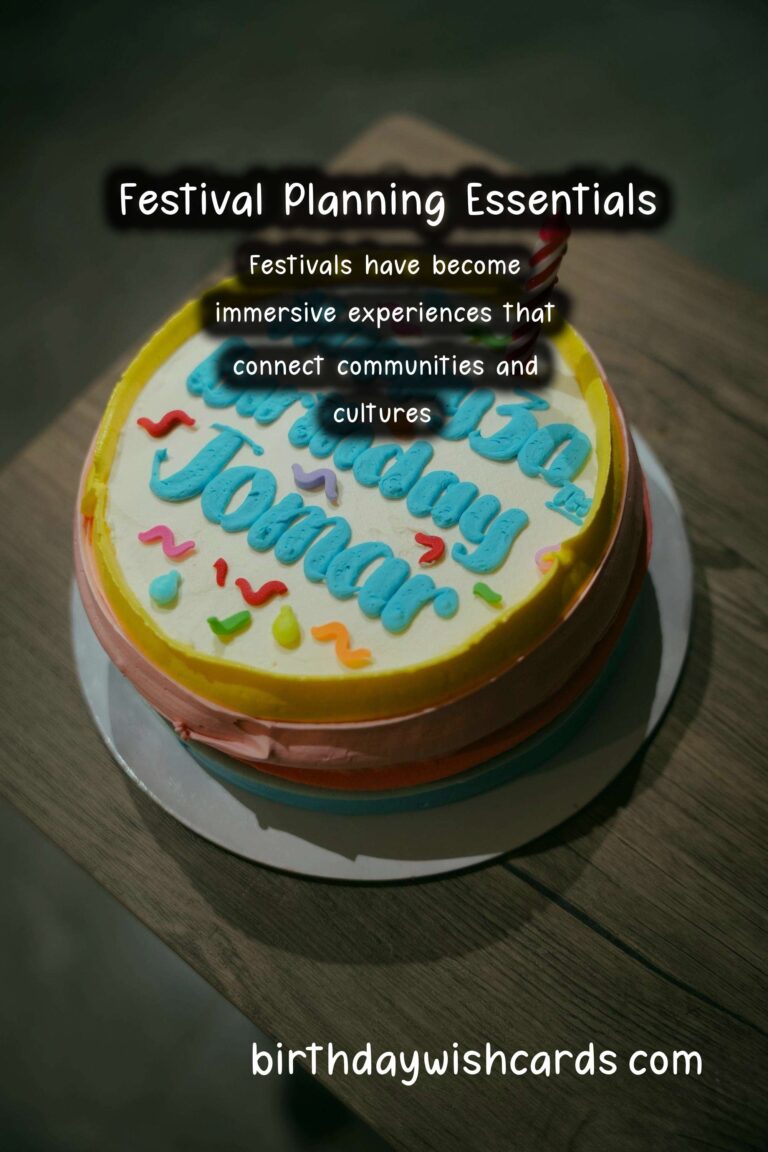
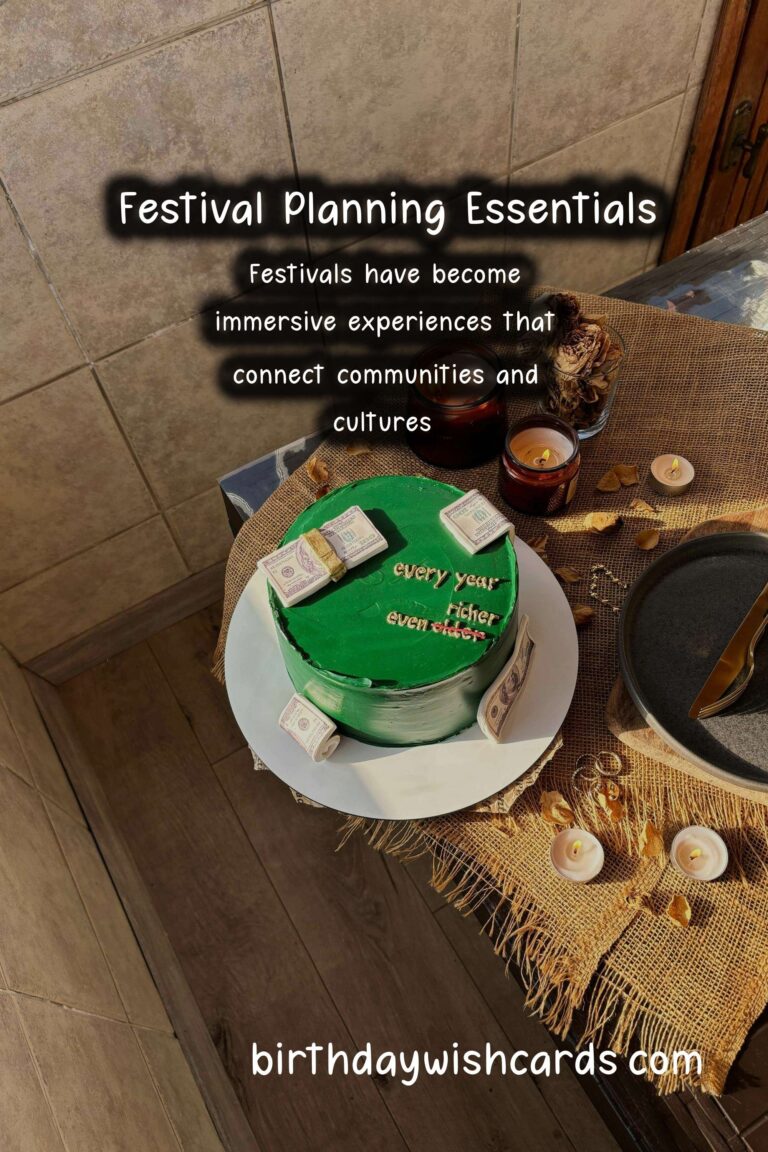

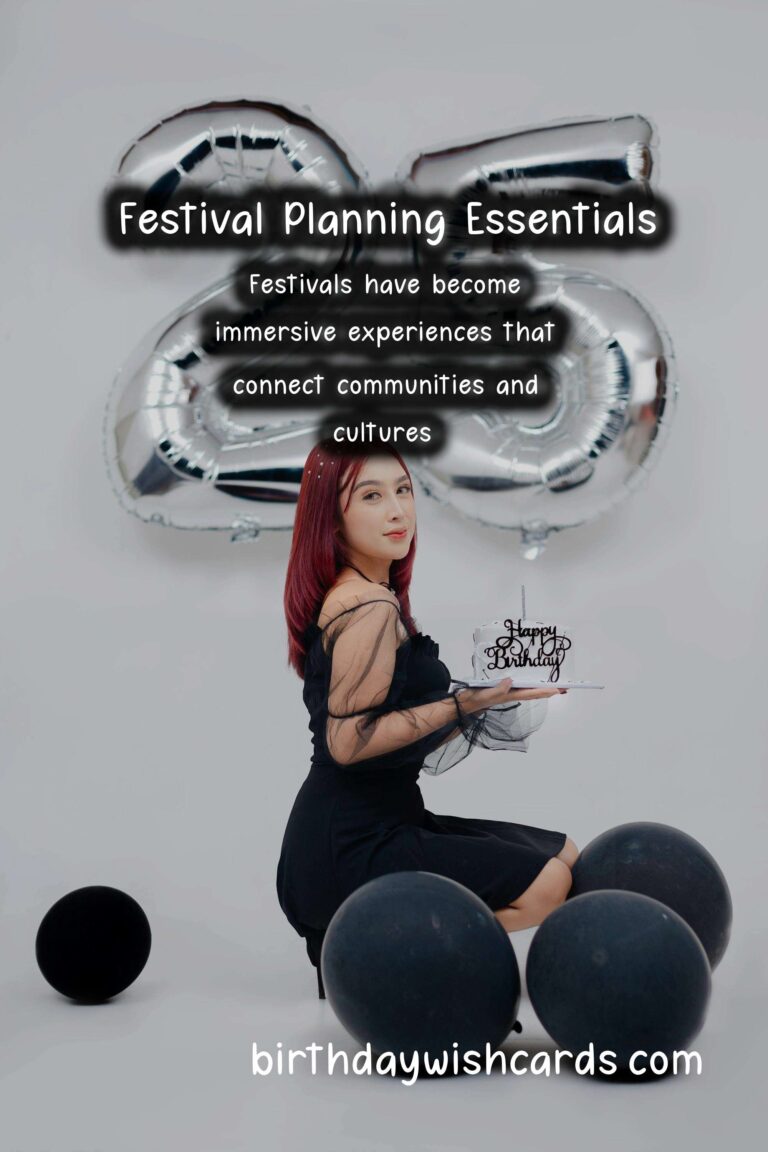

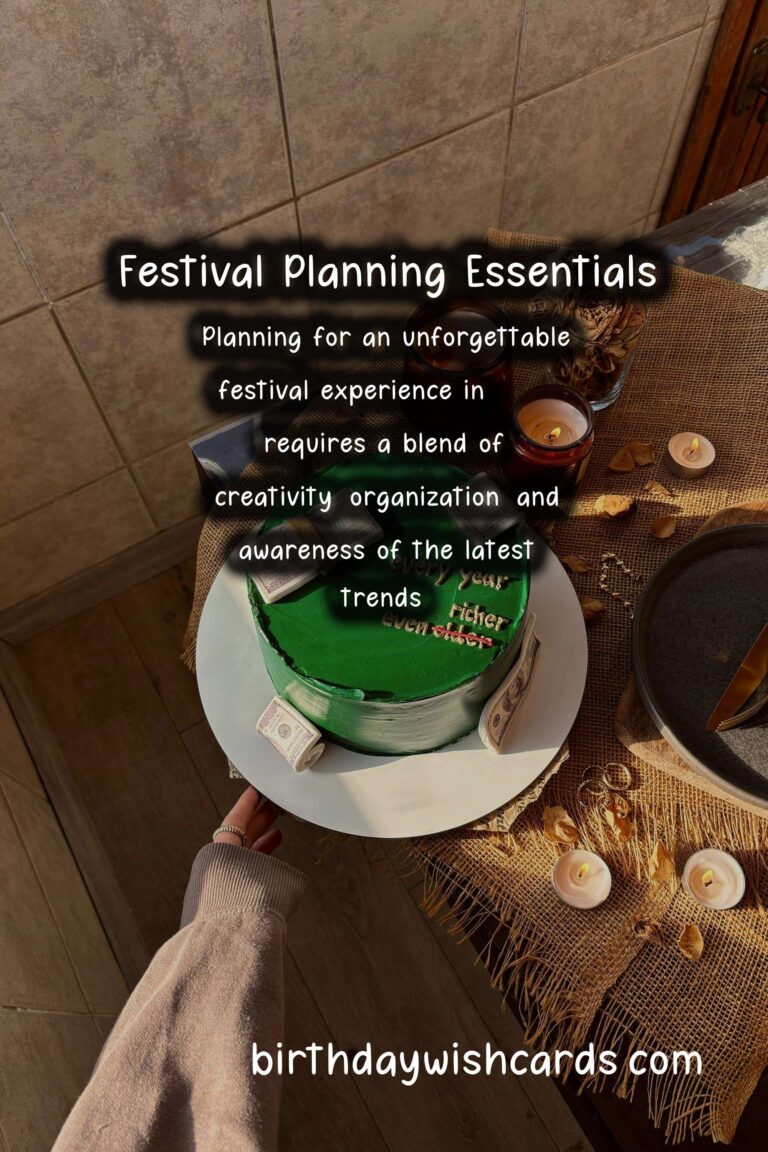

#FestivalPlanning #EventManagement




